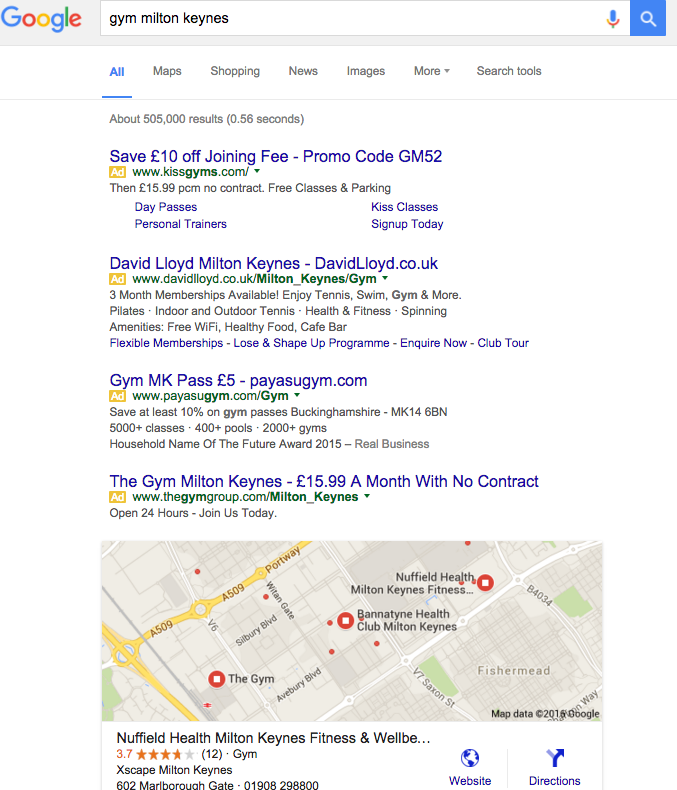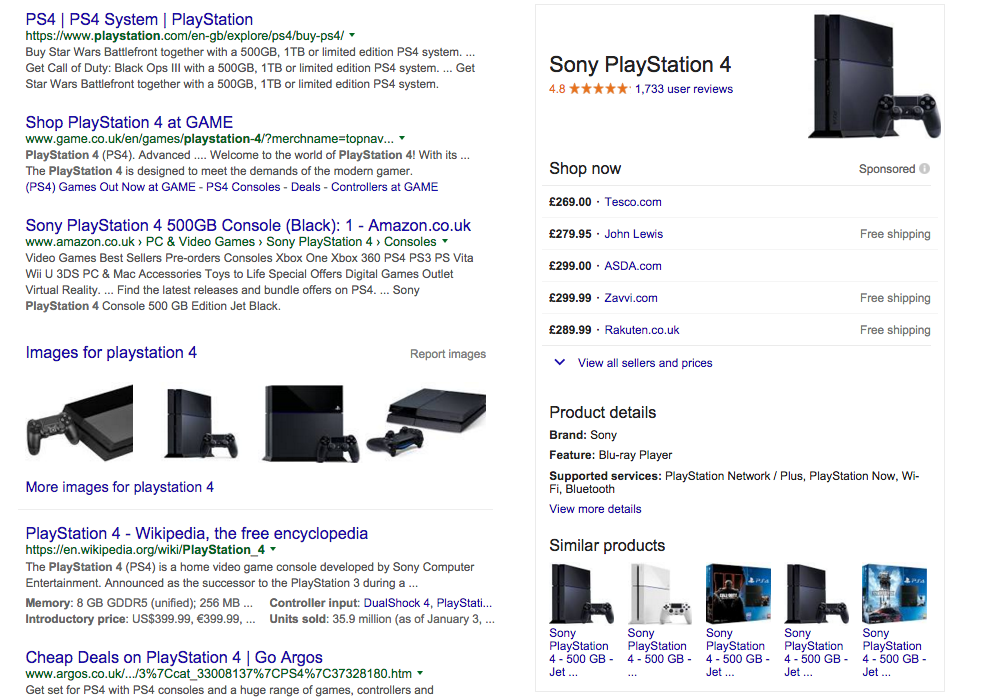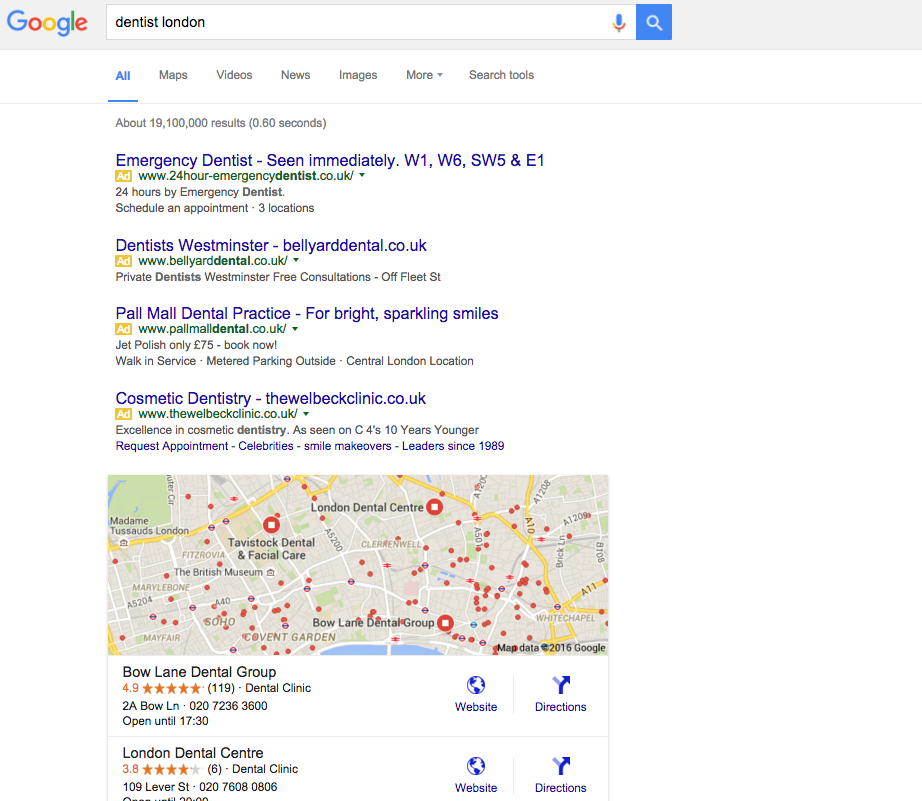If you’re an active user of the Google search engine, you may have noticed a big change in the SERPs (search engine results pages) recently. In December, Google announced that it was testing the result page with four ads in the top adblock.
Well, that test has obviously gone well in Google’s eyes and this week they’ve rolled out the change so that up to four ads now appear at the top and a further change where they have also removed the right hand side bar.
Google are yet to confirm what percentage of searches this change affects. They’ve stated that it’s only for highly commercial terms, however most users are reporting that the majority of searches are showing the change. Certainly all of the searches that I tried have been migrated to the new format.

The PPC industry is in a bit of a quandary at the moment as to whether this is a good or a bad thing, so let’s have a look at the pros and cons of this fundamental change.
Advantages
- The SERP appears a lot less cluttered, and therefore the user experience is better, giving a cleaner, more direct result page, helping the user find the answer to their search query quicker.
- There is more room created for Google Shopping Ads giving more of a focus for this advertising channel.

- The number of ads on the page has reduced down to a maximum of seven (four at the top and three at the bottom of the page) meaning that as an advertiser, you have a one in seven chance of winning the click rather than a one in ten as before.
- The SERP is more aligned to the mobile results page which doesn’t support the sidebar - Again, this is arguably a better user experience.
- As click through rates on the sidebar are often lower than that of the top positions, the fact that they no longer exist could mean that overall click through rates for each account may increase. If click through rates increase, then theoretically quality scores could improve, leading to cheaper click prices.
Disadvantages
- Organic placements are being shifted down the page, making the efforts to get to the holy grail of “number 1 in Google” less important. With four ads at the top, sometimes displaying ad extensions, then the Google local listings and potentially the shopping ads, it can mean that you have to scroll quite some distance before seeing the organic earned listings.

- Now that there are only seven ads, there will be more competition for the positions. Statistics show that more clicks are won by the advertisers at the top of the page, there will be more aggressive bidding for those coveted spots, causing higher click through rates.
- In my opinion, the appearance of the SERPs looks more spammy because it is so ad heavy and this damages the user’s experience. Whilst Google’s quality score will help to make sure that the ads are relevant, it doesn’t always work that way and often you see ads that don’t match your search intent.
- As there are only seven ads shown, it therefore follows that advertisers will see a reduction in the number of impressions. There simply isn’t the real estate available now to gain the same number of impressions. Therefore, if click-through rates remain constant, advertisers will see a reduction in the number of clicks. Similarly if conversion rates remain constant, advertisers will also see a reduction in conversions.
As stated, it is too early to understand the full impact this change has on PPC advertisers and there is a lot of conjecture as to what this truly means.
What’s your thoughts on this change? Leave a comment in the box below.
Stay Updated with Our Latest Insights
Get expert HubSpot tips and integration strategies delivered to your inbox.



